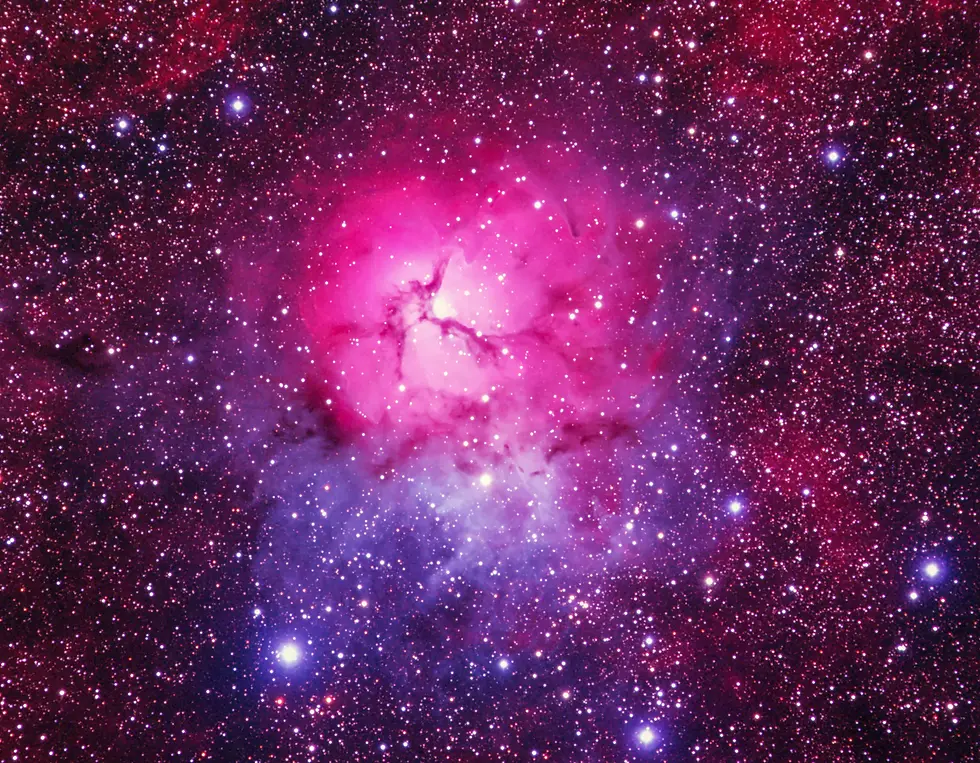Object of the Month: A Glimpse of The Soul
- Chris Baker
- Feb 1, 2023
- 2 min read

About The Soul Nebula
Located 7500 light years away from Earth in the direction of the constellation Cassiopeia, lies the spectacular Soul Nebula. To further help place the object, it is outside of our solar system, i.e. our Sun and planets, but inside our Galaxy, known as The Milky Way. A Light Year is the distance that light travels in a vacuum in one year, which in miles is 5.88 trillion miles. So the Soul is 7,500 X 5.88 trillion miles from Earth. Man is not going there anytime soon.
This is an enormous area of dust, hot gas and plasma spanning thousands of trillions of miles and glowing at a range of wavelengths. Contained within the nebula are young hot stars which themselves are energising the surrounding gases, creating the glowing appearance. These stars have recently been born in this region and some are only a few millions years old. This can be contrasted with our own star, the Sun which is almost 5 billion years old.
The Soul Nebula is being carved out by the stellar winds from the stars embedded within it, a process that leaves behind large pillars of material pointing inwards. These pillars are very dense and have stars forming at their tips.
Pillars of Creation

Each pillar spans about 10 light years. To put this into perspective our solar system has a radius of about one light year.
Left of centre is a wondrous looking example of this process which is a vast column of dust hiding yet more recently born stars.
Star birth

Imaging The Soul Nebula
This object is extremely faint from Earth and not much light is reaching the telescope and camera. In addition it emits light at specific wavelengths associated with certain ionized states of gases.
I use specialist filters which capture certain emissions from these gases, in this case Hydrogen Alpha (Ha), Oxygen III (OIII) and Sulphur II (SII). Using my telescope and cameras I captured 10’s of hours of data through these three filters over many nights. Each exposure was 20 minutes and at the end of each night I discard the sub optimal images, such as when the seeing conditions were not perfect or a satellite crossed the field of view. Over time I build up the data for each filter and eventually have enough to start the long process of calibration and processing.
During this process I want to extract the beautiful detail that exists buried within the raw data and at the same time make it look stunning for the Galaxy on Glass range. I use a convention to assign the colours developed for the Hubble Space telescope. This means that I assign the SII data to the red channel, Ha to the green and OIII to the blue channel. Using this convention shows rich blues and golds and the wispy details of the nebulosity.
Here are some examples of the Acrylic, Backlit and a Fine Art Print - Glimpse of The Soul



To see the availability pop along to the shop here
.png)



Comments